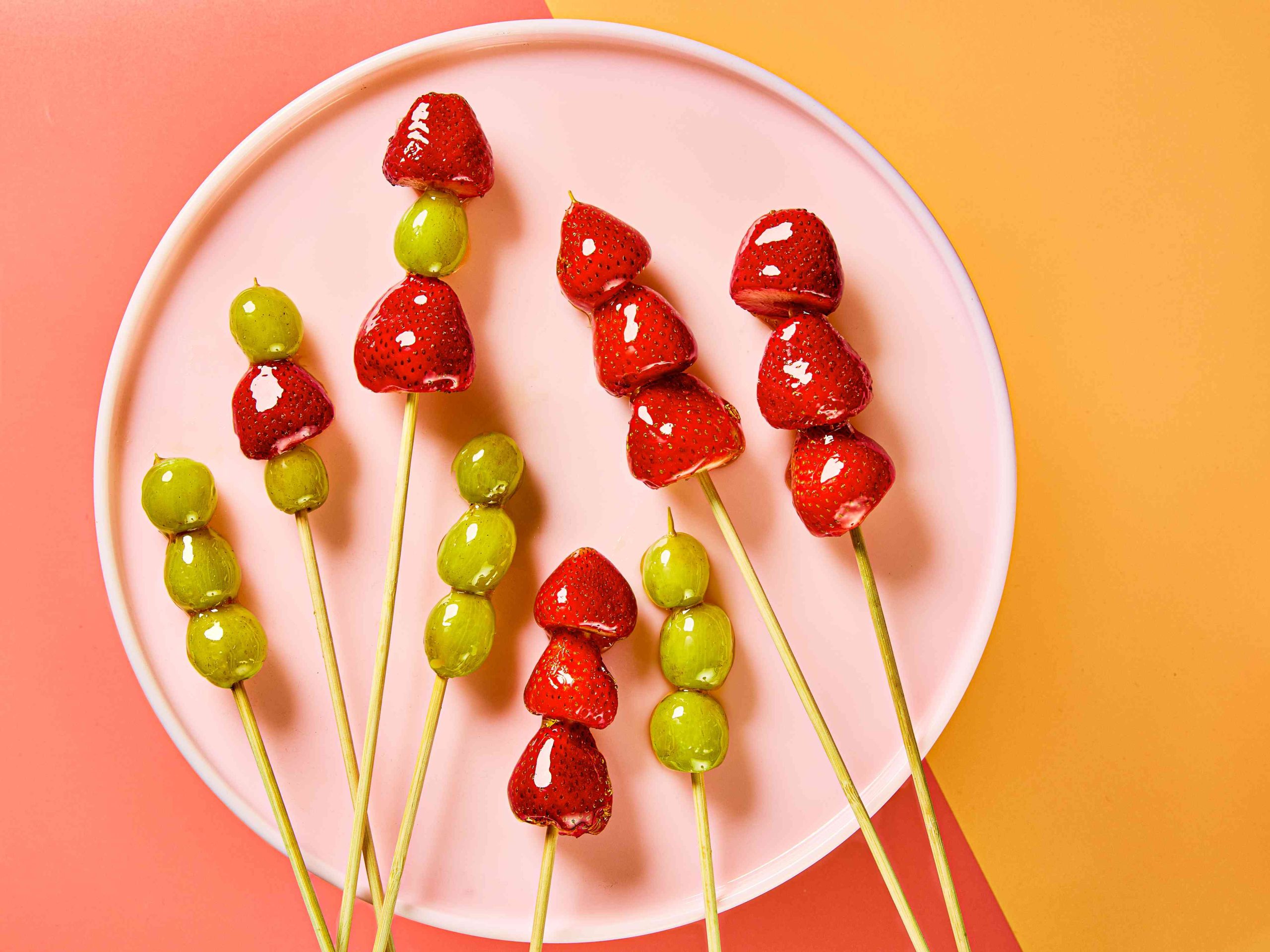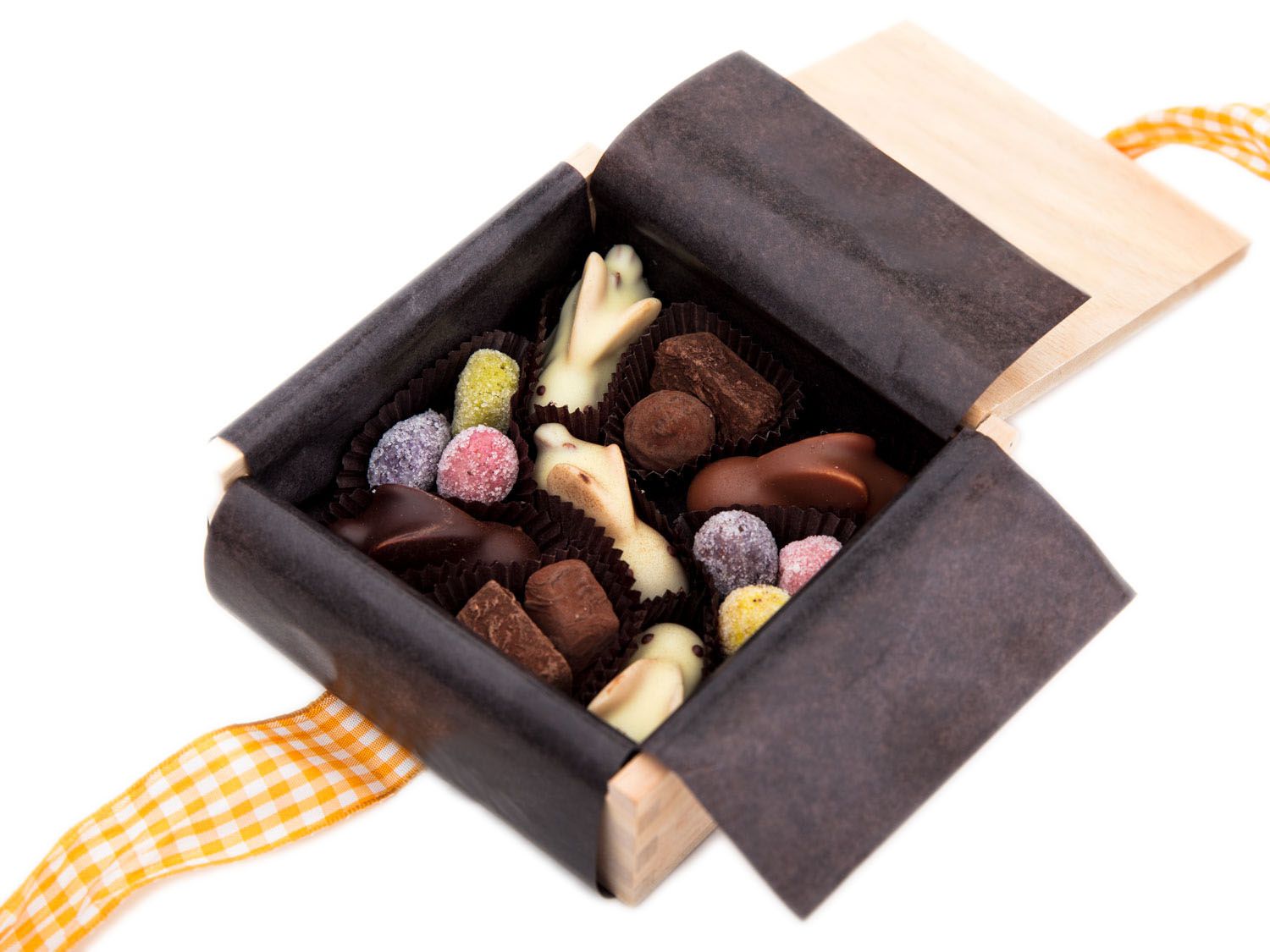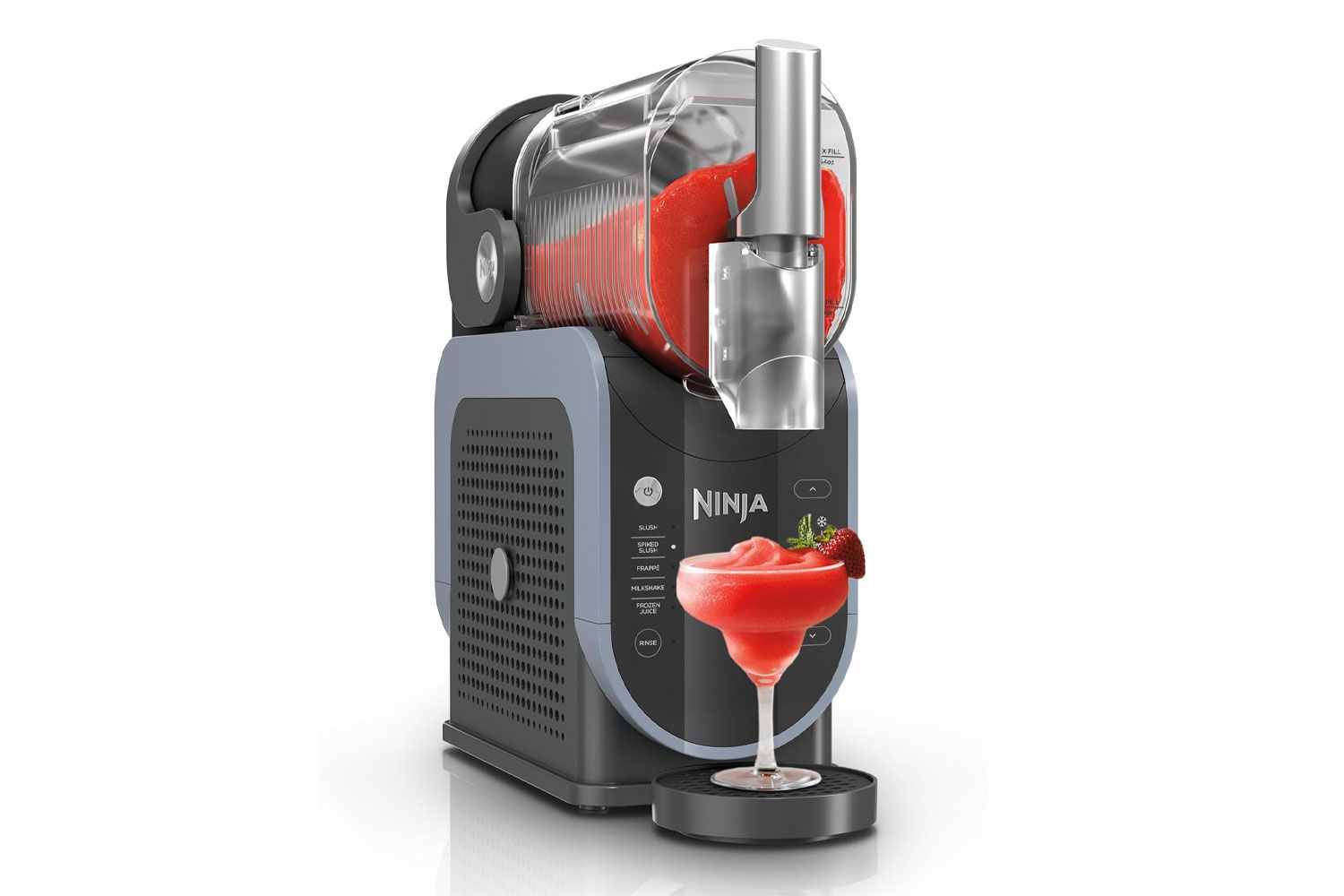Why It Works
- A touch of lemon juice prevents the sugar syrup from turning grainy.
- Heating the sugar syrup to 302°F (150°C) ensures a perfect, glassy crunch.
- Threading two to three pieces of fruit per skewer gives you the right length to dip and coat the fruit in the syrup comfortably.
As a kid, spotting tanghulu—skewered fruit glazed with sugar—at the night markets in Taipei felt magical, like catching a glimpse of Santa Claus in real life. Tanghulu is traditionally made with hawthorn, a berry that tastes like a cross between an apple and a cranberry—tangy with a hint of astringency—while the hard sugar shell adds a satisfying crunch and sweetness. When I was a child, the bright red treats, stacked high on towering skewers, seemed larger-than-life, like tiny, glistening apples encased in glass. In Mandarin, “tang” means sugar and “hulu” refers to a gourd because the stacked round is supposed to resemble a gourd’s shape when you look at it from a certain angle.
Tanghulu reportedly originates from Beijing; the story goes that a doctor first prepared tanghulu in 1189, when the Chinese emperor Guangzong’s favorite concubine, Huang Guifei, fell ill after indulging in too many rich foods. The doctor prescribed her hawthorn dipped in boiled rock sugar because, according to the philosophy behind traditional Chinese medicine, hawthorn aids digestion and boosts circulation, while rock sugar soothes the throat. Within two weeks, she was back to her old self.
Over time, the practice of eating candied hawthorn spread, and people began skewering the fruits so that they were more convenient to eat. Today, tanghulu is made with not just hawthorn but an assortment of fruit, such as strawberries and grapes, and is widely available on the streets of China. The street versions are impressive: Vendors thread five, sometimes 10, pieces of fruit on long wooden sticks, then fan them out into a forest-like display of jeweled lollipops.
Melati Citrawireja
A TikTok Darling
While tanghulu has been making the social media rounds for several years, it catapulted to TikTok stardom in early 2024, with influencers claiming that making tanghulu was a straightforward affair, requiring just sugar, water, and fruit. Instead of the harder-to-find hawthorn, though, most people opted for garden-variety fruit like strawberries and grapes. The craze grew so quickly that doctors began issuing warnings about the risks of making it at home, as kids were being sent to the hospital with severe burns from attempting the recipe. While tanghulu is fundamentally just those three ingredients, making it does require some caution and skill, as boiling hot sugar can be dangerous and tricky to handle.
Sugar Science
When sugar syrup is heated to 300°F (149°C), the mixture reaches what’s known as the “hard crack” stage—a critical point in candy-making where the syrup becomes glass-like when cooled. It’s what gives the sugary shell of tanghulu its signature crystalline crunch, but it’s also where things can go wrong. If you don’t heat it to the right temperature, the candy shell will be chewy–not brittle. Agitating or stirring the mixture as it bubbles may also cause it to crystalize, resulting in a grainy texture instead of a smooth, glossy finish.
How to Prevent Crystallization
The first time I made my sugar syrup to dip a batch of strawberries, I used only sugar and water and it seized up. Instead of looking like resin-dipped strawberries, my strawberries looked like they had been dipped in opaque white sand.
Professional pastry chefs have a trick: They use inverted sugars like corn syrup or add a bit of acid, such as lemon juice, to prevent crystallization. Sucrose (the main component of sugar) tends to crystallize when it cools. But inverted sugars—like the glucose and fructose in corn syrup—interfere with that process by keeping the sucrose molecules from bonding. Similarly, acids like lemon juice break down sucrose into glucose and fructose, which also helps to keep crystallization at bay. Though I don’t call for invert sugar in my recipe below, I do utilize lemon juice, which helps the sugar melt evenly without crystallizing.
Making tanghulu isn’t difficult, but it’s also not as foolproof as TikTok might make you think. According to Emily Kellogg, a pastry chef and owner at EJ Bonbons and Confections in Woodstock, NY, it’s about finding the right balance of acid or corn syrup. “If there’s an overconcentration of acid, that candy will start breaking down and becoming soft over time,” she said. You can make a good tanghulu without using inverted sugar or acid, but as I learned the hard way, the sugar becomes a bit more finicky to handle.
I recommend a good candy or instant-read thermometer to ensure your syrup hits 302ºF (150ºC), which is safely within that golden hard crack range of 300º to 310ºF (148º to 154ºF). If your syrup is even a few degrees cooler, the result will be a sticky, chewy shell instead of a shell with a perfect crystalline bite. Also, prioritize tart, firm fruits like grapes and quality strawberries, which pair better with the sugary shell. Avoid overripe fruits; they’ll quickly become mushy and fall apart.
Once you get the hang of it, making tanghulu is a fun experience—and eating it is a magical one. As the glaze hardens, it forms a sparkly crystalline shell, encasing the fruit into an ornament that’s almost too pretty to eat.
How to Make Tanghulu, the Gorgeous, Glassy Chinese Street Treat
Cook Mode
(Keep screen awake)
-
24 hulled small strawberries and/or green grapes, washed and dried (see notes)
-
1/2 cup (120ml) tap water
-
1 cup granulated sugar (7 ounces; 200g)
-
1/4 teaspoon lemon juice from 1 medium lemon
-
Thread 2 to 3 strawberries, grapes, or a combination of fruits onto each skewer, leaving enough room to hold the skewer at the bottom; set aside. Line a rimmed baking sheet with parchment paper; set aside.
Melati Citrawireja
-
In a small saucepan, combine water, granulated sugar, and lemon juice. Bring water and sugar mixture to a boil over medium-high heat, 10 to 15 minutes. Do not stir the liquid at any point during this process, as it may cause the sugar to seize and become grainy. Using a wet pastry brush, gently brush away any sugar crystals that have formed on the side of the pan. The syrup will begin to bubble quickly and look like agitated dish soap.
Melati Citrawireja
-
When syrup registers 302ºF (150ºC) on an instant-read thermometer and is lightly golden, remove the pot from heat. When bubbles have subsided, tilt the pot to its side and, working quickly, holding 1 skewer by the end, carefully dip the fruit into the syrup, using a spoon to drape syrup over the fruit if necessary, rotating the skewer and letting the excess syrup drip off. (If your kitchen is cold, keep pot over low heat to prevent syrup from cooling and hardening.)
Melati Citrawireja
-
Place skewer onto prepared baking sheet; repeat with remaining skewers. Let candied fruit cool and harden, about 3 minutes. Enjoy within an hour or two.
Melati Citrawireja
Special Equipment
5 to 8 wooden or reusable metal skewers, instant-read or candy thermometer
Notes
Opt for tart, just-ripe strawberries and green grapes. The sourness of the fruit balances out the sugar. Avoid using very ripe strawberries, as the heat of the syrup will start to cook the berries and cause them to weep.
If you are working in a really hot and humid environment and your sugar isn’t hardening, you can dunk the skewers in an ice-water bath after dipping them in the sugar syrup to help the sugar crystallize.
Make-Ahead and Storage
Candied strawberries need to be eaten within a couple of hours. Their high moisture content makes the sugar coating sticky if left too long. Grapes are a bit more resilient and may last overnight in the fridge stored in an airtight container.
2025-01-09 18:00:00
#Tanghulu #Gorgeous #Glassy #Chinese #Street #Treat




